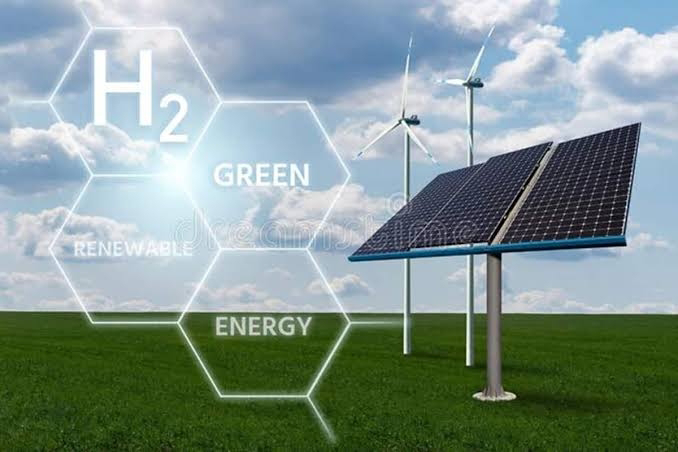Lithium, with the atomic number 3 and symbol Li, is a versatile chemical element that has garnered significant attention across various fields due to its unique properties and applications. This article delves into the multifaceted aspects of lithium, exploring its historical significance, chemical properties, common uses, and its crucial role in emerging technologies.
Historical Background:
Discovered in 1817 by Swedish chemist Johan August Arfwedson, lithium derived its name from "lithos," the Greek word for stone. The element gained prominence in the late 19th century when it was isolated in its pure form by Robert Bunsen and Augustus Matthiessen. Early applications of lithium were limited, with its therapeutic use in certain mental disorders being one of the notable exceptions.
Chemical Properties:
Lithium belongs to the alkali metal group, residing in Group 1 of the periodic table. It is characterized by its low atomic mass, making it the lightest metal and solid element. In its pure form, lithium is a soft, silvery-white metal that reacts vigorously with water, creating lithium hydroxide and hydrogen gas. Its high reactivity makes it unsuitable for widespread use in its elemental state, leading to the development of various lithium compounds for practical applications.
Common Lithium Compounds:
1. Lithium Carbonate (Li2CO3): Widely used in the treatment of bipolar disorder, lithium carbonate has therapeutic effects on mood stabilization.
2. Lithium Hydroxide (LiOH): Applied in the production of lithium greases, lithium hydroxide is crucial for applications in aerospace and automotive industries.
3. Lithium-ion Batteries: Lithium cobalt oxide (LiCoO2) and lithium iron phosphate (LiFePO4) are common cathode materials in rechargeable lithium-ion batteries. These batteries power a myriad of devices, including smartphones, laptops, and electric vehicles.
Applications in Energy Storage:
Lithium's most transformative role lies in energy storage technologies. Lithium-ion batteries have become the dominant choice for portable electronics and electric vehicles. The high energy density and long cycle life of lithium-ion batteries contribute to their widespread adoption in renewable energy storage systems, facilitating the integration of solar and wind power into the electrical grid.
Electric Vehicles and Transportation:
The surge in electric vehicle (EV) adoption has significantly increased the demand for lithium. Lithium-ion batteries power EVs, providing a sustainable alternative to traditional internal combustion engines. The automotive industry's shift toward electrification underscores lithium's pivotal role in reducing reliance on fossil fuels and mitigating environmental impact.
Challenges and Innovations:
Despite its numerous advantages, the lithium industry faces challenges such as resource sustainability, environmental concerns in mining and extraction processes, and geopolitical factors affecting the availability of lithium deposits. Ongoing research focuses on improving battery technologies, exploring alternative materials, and enhancing recycling methods to address these challenges.
Lithium in Medicine:
Beyond its industrial applications, lithium has a long history in medicine. Lithium carbonate is prescribed as a mood stabilizer for individuals with bipolar disorder. Its precise mechanism of action in the treatment of mood disorders is not fully understood, but lithium's impact on neurotransmitters is believed to play a role in its therapeutic effects.
Future Prospects:
As technology continues to advance, lithium's importance is likely to grow. Innovations in battery technology, energy storage systems, and electric vehicles will drive demand for lithium. Additionally, exploration of novel applications, such as lithium-air batteries, signifies ongoing efforts to harness lithium's potential in emerging technologies.
In conclusion, lithium stands at the forefront of scientific, industrial, and technological progress. From its early discovery to its pivotal role in modern energy storage and medicine, lithium's journey reflects the dynamic interplay between scientific understanding and practical applications. As society embraces sustainable and innovative solutions, the significance of lithium is poised to evolve, shaping the future of energy, transportation, and beyond.


































